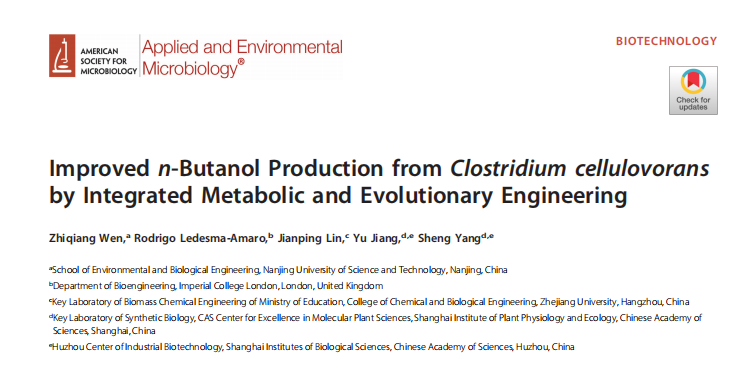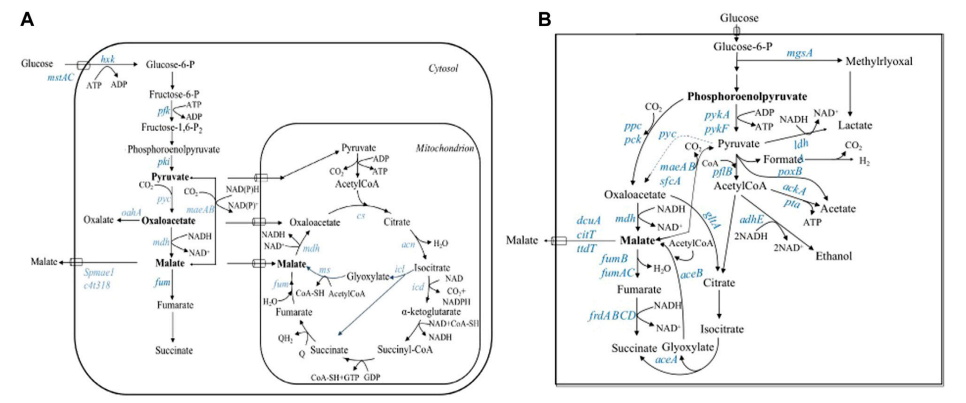As an important component of mammalian cell expression system, CHO cells can be genetically engineered to optimize their metabolic pathways, improve the expression efficiency of exogenous proteins, enhance their adaptability and stability, and provide strong support for the research and production of biopharmaceutical products. In the previous issue, we introduced commonly used methods for genetic engineering modification of CHO cells, including modification of cell metabolism related genes, modification of apoptosis or proliferation related genes, gene knockout, and other methods and means. Among them, modifying the metabolism related genes of CHO cells can optimize the metabolic pathway of CHO cells, increase the expression level of exogenous proteins, and significantly improve production efficiency. Therefore, let’s focus on the genetic modification of CHO cells in metabolic pathways:
Related Services
About 20 years ago, researchers began to regulate the metabolic activity of CHO cells by overexpressing specific genes that affect cell metabolism, in order to increase culture passages and product yield. Pendse and Bailey reported that expressing vitreous sac hemoglobin (VHb) in CHO cells can increase the productivity of human tissue plasminogen activator (tPA) by 40% to 100%. Other scholars have shown that metabolomics analysis shows significant accumulation of malic acid in the culture medium, which may be caused by the total enzyme activity of malic dehydrogenase II (MDH II) reaching a threshold. MDH II converts malic acid into oxaloacetic acid in mitochondria as part of the tricarboxylic acid cycle (TCA), producing energy metabolites; For every molecule of malic acid converted by MDH II, one molecule of NAD+(oxidized nicotinamide adenine dinucleotide) is reduced to NADH. The reduction potential in NADH is used to produce 5 ‘- adenosine triphosphate (ATP) during oxidative phosphorylation. Overexpression of MDH II can increase intracellular ATP and NADH, thereby increasing the number of living cells by 1.9 times. Kim et al. found that overexpression of pyruvate carboxylase (hPC) can effectively reduce the formation of lactate in CHO cell culture. In addition, Le Huong et al. found that under the control of the TXNIP promoter, the dynamic expression of GLUT5 fructose transporter can slow down sugar consumption, reduce lactate production, exhibit better growth characteristics, and higher product potency.
During the growth process of CHO cells, the generation and accumulation of metabolic waste are inevitable. Due to the presence of glutamine (Gln) and glucose in the culture medium, ammonia and lactate are the most common metabolic waste during CHO cell culture, which can have adverse effects on cell growth and secretion of recombinant proteins. Therefore, inhibiting the accumulation of toxic metabolic byproducts is also a key focus of CHO cell modification. In order to reduce ammonia production, the glutamine synthase (GS) system was used to develop CHO cells (SM-0.025) for the production of therapeutic monoclonal antibodies (mAb). In addition, Noh et al. found that downregulation of lactate dehydrogenase A (LDH-A) by shRNA can reduce lactate production in SM-0.025. Due to overexpression of GS protein, the antibody producing cell lines (# 2, # 46, and # 52) produced less ammonia during exponential growth compared to the host cell line. The downregulation of LDH-A in SM-0.025 not only reduced the production of lactic acid, but also further reduced the production of ammonia. Fogol í n Mariela Bollati et al. found that under low temperature conditions, the expression of PYC2 significantly reduced lactate production in CHO-K1-hGM-CSF cells and increased the production of recombinant proteins. Overexpression of carbamoyl phosphate synthase I (CPS I) and ornithine transaminase (OTC) can reduce the accumulation of ammonium ions in the culture medium. Downregulation of LDHa and PDHKs in CHO cells expressing therapeutic monoclonal antibodies can reduce lactate production and increase specificity and antibody production.

Overall, genetic modification of CHO cell metabolic pathways is a complex and meticulous task that involves a deep understanding of cellular metabolic networks, precise gene editing techniques, and rigorous safety assessments. Its core demand remains to maximize the productivity of CHO cells as hosts, in order to increase the production of biopharmaceutical proteins. With the continuous progress of science and technology and the continuous improvement of genetic engineering technology, we have reason to believe that CHO cells will have even greater potential in the field of biomedicine in the future.
References
【1】Noh SM, Park JH, Lim MS et al. Reduction of ammonia and lactate through the coupling of glutamine synthetase selection and downregulation of lactate dehydrogenase-A in CHO cells. Appl Microbiol Biotechnol, 2017, 101: 1035-1045.
【2】Kim SH, Lee GM. Functional expression of human pyruvate carboxylase for reduced lactic acid formation of Chinese hamster ovary cells (DG44). Appl Microbiol Biotechnol, 2007, 76: 659-65.
【3】Le H,Vishwanathan N, Kantardjieff A et al. Dynamic gene expression for metabolic engineering of mammalian cells in culture. Metab Eng, 2013, 20: 212-20.
【4】Fogolín MB, Wagner R, Etcheverrigaray M et al. Impact of temperature reduction and expression of yeast pyruvate carboxylase on hGM-CSF-producing CHO cells. J Biotechnol, 2004, 109: 179-91.
【5】Zhou M, Crawford Y, Ng D et al. Decreasing lactate level and increasing antibody production in Chinese Hamster Ovary cells (CHO) by reducing the expression of lactate dehydrogenase and pyruvate dehydrogenase kinases. J Biotechnol, 2011, 153: 27-34.









